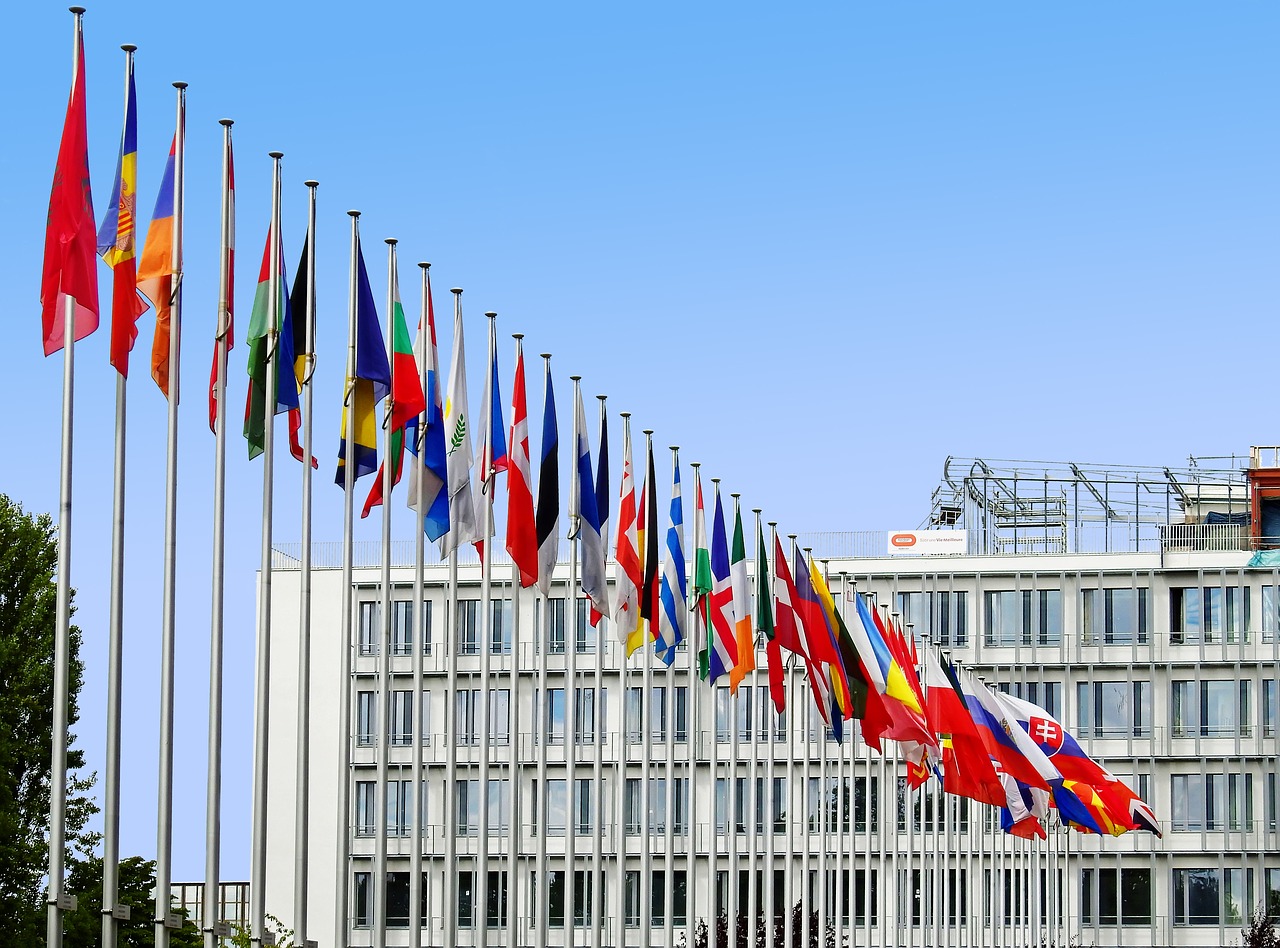
11 Nov The world of unsecured data
Recently securing data whether personal or institutional has proven hectic. Interference or even theft of stored data has been such a rampant today than any other period. Both the individuals, companies and the government have either been the victims of this crime or even perpetuated it. With the daily advent of computer software, there is a need to devise measures that will help protect the data. Europe just as the rest of the world has encountered this menace. As a result, most of its citizens have petitioned the European Union to strengthen the data protection techniques. Consequently, EU has ventured into data protection reforms and in 2018 its General DatProtection Regulations (GDPR) will be in place.
The Journey of data protection
The issues revolving around data protection didn’t start yesterday, it dates back to many past decades. The first EU’s data protection regulation was put in place in 1995 primarily to take care of personal data. Besides protection of an individual’s stored, the Data Protection Directive 95/46EC was established the same year to regulate how a person’s data is processed. Over the years the regulation stood the test of time, however, at the start of the second decade of the 21st centuries, the calls of the citizen garnered more strength demanding that the previous regulations be reviewed. Due to pressure, the European Commission initialized a proposal. Over the years, the project has been analyzed and modified.
Data protections preliminary resolutions

New rules at the door step
One thing that seemed as the stumbling block for the creation of the new legislation to regulate and restrict data interference was the legislation. Once it was complete, the other processes were just but walk overs. Since the laws applied to all the member states of the European Union, negotiation was a dominant phenomenon. Thus a clear outline of the negation process was devised. With the terms and conditions of the engagement already set, each territorial scope selected its representatives at the discussion table. The first of the members took place in September 2015 where they discussed on how issues about the data subject rights and protection principles. Also, the problem of controller and processor was considered.
State’s obligation in data protection
The discussions that followed next were aimed at ensuring that all countries up held the law to the later. It was resolved that Independent Supervisory Authorities be established to monitor the administration of the law. Also, the member states had to cooperate with each other to enforce the law as the cyber-crimes cross border. In so doing, the states had to portray consistency and not ignore the law at other time.
The final law

Overcoming the last hurdle
The final results of the proposed version were put before both the EU’s Parliament and Council. All went smoothly. On 15th December 2015, both the legislative organs are to the texts of the proposals and set aside the day for the official signing. The Council of EU adopted the new data protection law on April 2016. Eight days later, the parliament followed suit and passed the law. The GDPR was officially published on the Journal page of the European Union. Just as other laws, after 20 days it came into force. Consequently, a two-year post adoption period followed. Thus, the law will become operational in the EU states at the elapse of the mentioned duration.

Sorry, the comment form is closed at this time.